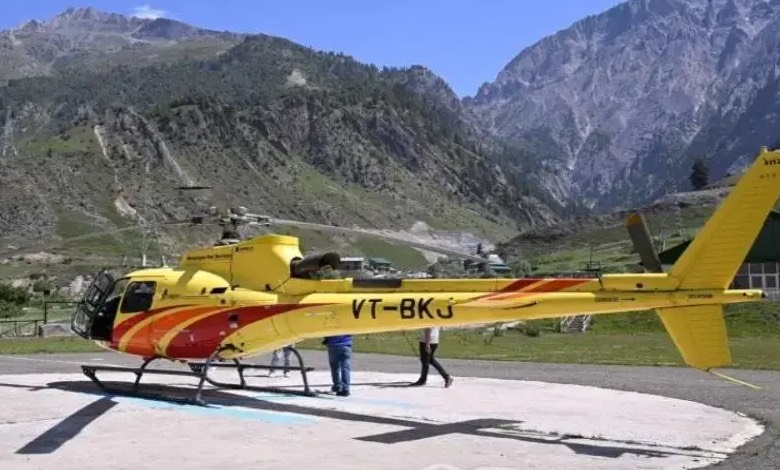No-Fly Zones Amarnath Yatra: Pahalgam, Baltal Routes Restricted from July 1 for Pilgrim Safety

Starting July 1, authorities will enforce strict no-fly zones over the Pahalgam and Baltal routes of the Amarnath Yatra to enhance pilgrim security, officials announced on Tuesday June 17. The measure aims to ensure a safe pilgrimage for thousands of devotees traveling to the sacred Himalayan shrine.
Why the No-Fly Zone?
Following guidance from the Ministry of Home Affairs (MHA), the Union Territory’s Home Department has banned all aerial activities, including drones, unmanned aerial vehicles (UAVs), and balloons, along the two key pilgrimage routes. Exceptions will be made for medical evacuations, disaster response, and security agency surveillance operations.
The decision is part of a comprehensive security strategy to protect pilgrims and support staff from potential threats, particularly the misuse of drones by militant groups. The move comes in the wake of the tragic April 22 terror attack in Pahalgam, which killed 25 tourists and a local resident underscoring the need for heightened vigilance.
Robust Security Measures
To safeguard the Yatra, approximately 580 companies of the Central Armed Police Forces (CAPF) will be deployed along the routes. Additional measures include multi-layered security cordons RFID tracking for pilgrims, and aerial monitoring by authorized agencies.
What is a No-Fly Zone?
A no-fly zone, or air exclusion zone, is a designated airspace where specific aircraft are barred from operating, ensuring safety and security in sensitive areas.
The 2025 Amarnath Yatra will commence on July 3 and conclude on August 9 spanning 38 days a shorter duration compared to last year’s 52-day pilgrimage.




